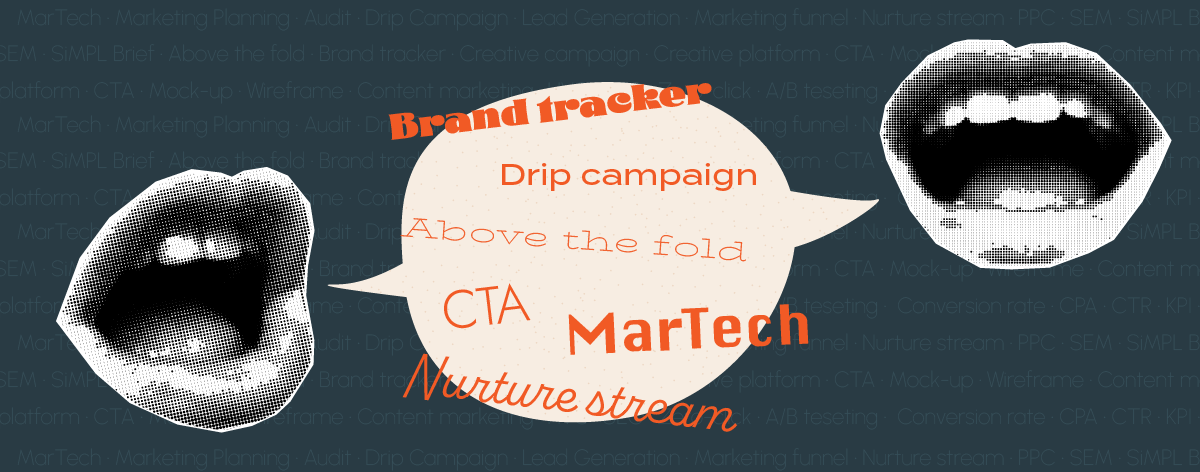These days, we consider our phones an extension of ourselves. We expect information at a moment's notice and user experiences that are dynamic and personalized. To be relevant, our websites need to keep up with these ever increasing expectations. Thankfully, web development continues to evolve. Check out five trends below that are helping transform the world of web design, making the online experience more dynamic, inclusive and sustainable to match the changing demands of users.
1. Age-appropriate design
Nowadays, a good website takes every demographic into account, including age. In the United States, 95% of adults say they use the internet, spanning the ages of 18-65+. An 18-year-old and a 65-year-old don’t always see the same way, so why should their online experience be the same? Targeting a specific age-demographic, providing customizable app settings such as font-size and color schemes and implementing age verifications are a few ways that websites have been able to stay accessible to all.
2. AR and VR
Augmented Reality (AR) and Virtual Reality (VR) introduce immersive and interactive elements to web design. AR overlays digital information onto the real world, enabling users to interact with virtual elements in their physical space, while VR creates entirely virtual worlds for users to explore. Think virtual product try-ons, demos, interactive 3d environments and immersive experiences that engage users and catch their attention. 36% of leading companies surveyed say they’re currently planning for a future investment in the technology, making AR and VR powerful tools to add to your web design belt.
3. AI Chatbots
Artificial Intelligence (AI) has broken into the world of web development. AI-driven chatbots can analyze user behavior and preferences to provide personalized and relevant responses in real-time. They can handle a wide range of tasks, from answering common questions to guiding users through complex processes. Because of its personalized, 24/7 capabilities, AI chatbots enhance user satisfaction and streamline website functionality.
Source: Accentuate
4. Accessibility: AI-TTS
Text-to-speech (TTS) services have been around for a while to make navigating the web more inclusive for people with disabilities. AI-driven technologies look to improve upon them, making them more natural and expressive. Advanced algorithms enable AI TTS to produce more human-like intonations, emotions, and accents, improving the clarity and relatability of spoken content. Paired with real-time translation, AI TTS can be applied to any written content on a website.
Source: Forbes
5. Sustainable web design
Did you know that the average website produces 1.76 grams of CO2 per page view? Sustainable web design is emerging as an important trend to reduce global carbon emissions. Creating low-carbon websites involves optimizing performance to decrease energy consumption, which can be done in many ways; minimizing data transfer, using efficient coding practices and looking into a sustainable hosting site, to name a few.
Stay on the cutting edge
Whether it’s a flexible web design that accommodates everyone, eye-catching AR, or the ability to have a personalized conversation with an AI chatbot, the way we navigate the World Wide Web is changing. Stay ahead of the curve with LoSasso—keep these trends in mind for your next website update.


